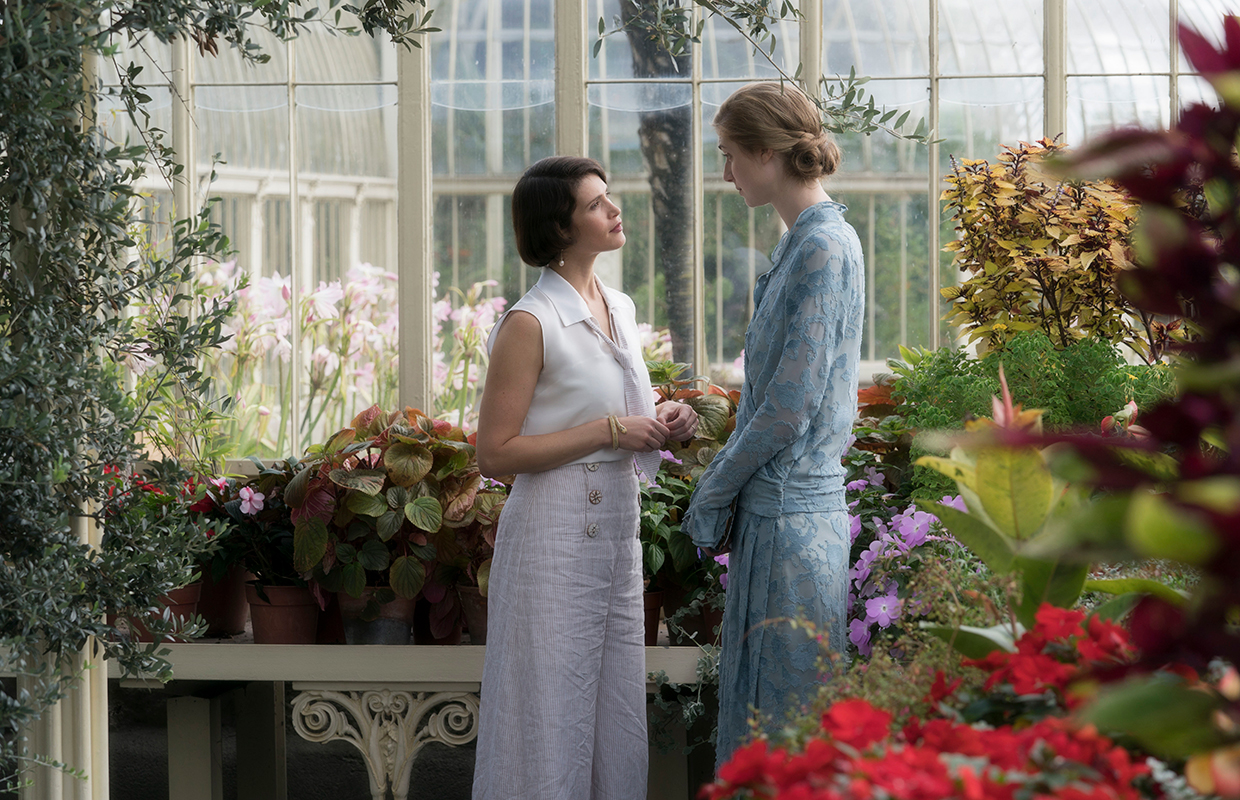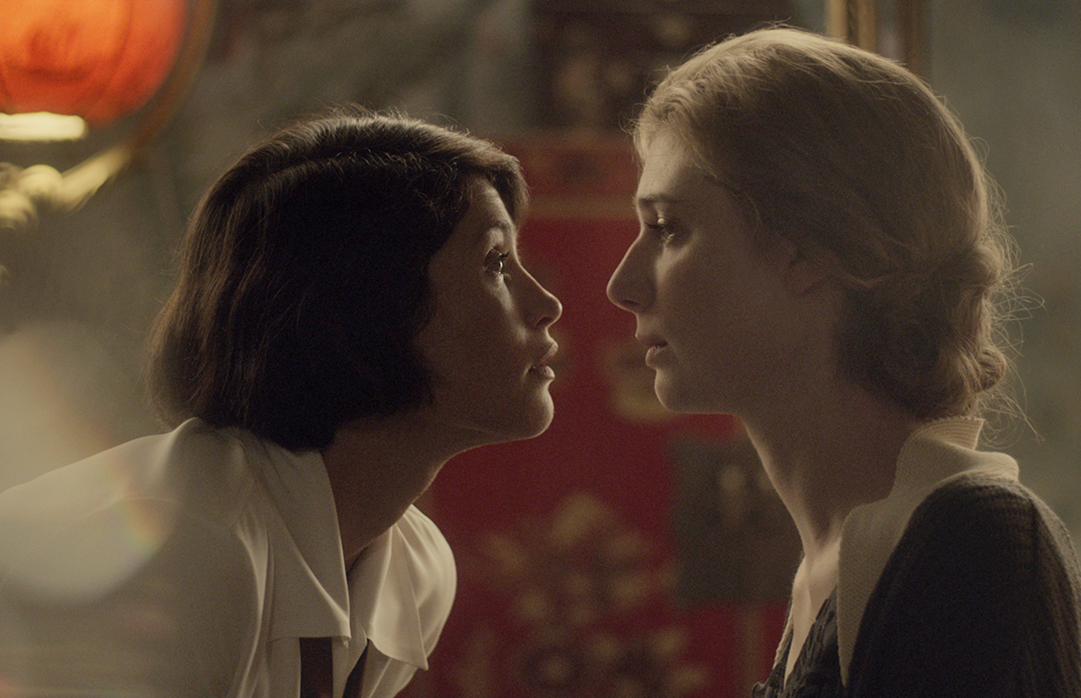A new biopic, Vita and Virginia, tells the story of author Virginia Woolf's relationship with aristocrat Vita Sackville-West, which resulted in one of the most innovative novels of the early twentieth century, Orlando.
Apart from an interest in literature and writing, nothing destined Virginia Woolf and Vita Sackville-West to meet, never mind form a relationship. Vita was a bubbly, well-connected socialite, daughter of a baron. Her real name was Victoria, but that was far too staid for a modern age that was turning its back in Victorian morals. She wrote novels, which sold reasonably well, and designed gardens.
Woolf meanwhile was a much more introverted character from an upper-middle-class background. According to the Oxford Dictionary of National Biography, when her half-brother tried to introduce her to London society, “It was a failure: at social events Virginia would know and speak to nobody all evening and would stand, crushed by the crowd, against a wall. On one occasion she managed to read Tennyson behind a curtain.”
She and her husband Leonard were leading lights of the Bloomsbury Group of modernist writers and they ran an avant-garde publishing company, the Hogarth Press, which championed T S Eliot, Sigmund Freud, Katherine Mansfield, E M Forster, and published their own work. Virginia’s work included novels, where she used stream-of-consciousness narration, biography and many essays, particularly on feminist themes.

Vita & Virginia is adapted from a play of the same name by Eileen Atkins, which was based on correspondence between the women. Both left enormous archives of letters and diaries. Vita’s earliest relationships had been with women. Her marriage was one of convenience — her husband was more interested in men. Virginia also had many friendships with women, though her sexuality was permanently marked by sexual abuse she suffered from her half-brother as an adolescent. The women’s relationship was more intellectual than physical, with Virginia watching in awe as Vita, bold, androgynous, adventurous, did all the things that Virginia didn’t dare to do. She showed this vicarious imagination in Orlando (1928), inspired by Vita, whose titular character is so "larger-than-life" that he/she survives more than 300 years from Elizabethan time, changing gender several times.
Biography of a biographer
Woolf was well-schooled in biography. Her father was the founder editor of the Dictionary of National Biography. Woolf herself wrote many biographical essays about women not recorded or under-recorded in “official” history. Vita and Virginia director Chanya Button points out, “The nature of biography is one of the themes of the film. She could have written a traditional biography of Vita Sackville-West, but she didn’t. She wrote Orlando, which was an imaginative novel. One that has a protagonist that travels across 300 years of history and morphs from male to female.”
Vita and Virginia
On general release 10 July
 This film makes a good addition to Shine Bright 1ère Advanced File 1: "Brave New Women", a sequence for Spécialité LLCE on ton women and dystopias. It includes an extract from Woolf's A Room of One's Own where she imagines what life would have been like for Shakespeare's imaginary sister.
This film makes a good addition to Shine Bright 1ère Advanced File 1: "Brave New Women", a sequence for Spécialité LLCE on ton women and dystopias. It includes an extract from Woolf's A Room of One's Own where she imagines what life would have been like for Shakespeare's imaginary sister.
Tag(s) : "biography" "biopic" "British literature" "film" "friendship" "LLCER" "love" "Shine bright 1e" "Virginia Woolf" "women's rights"





